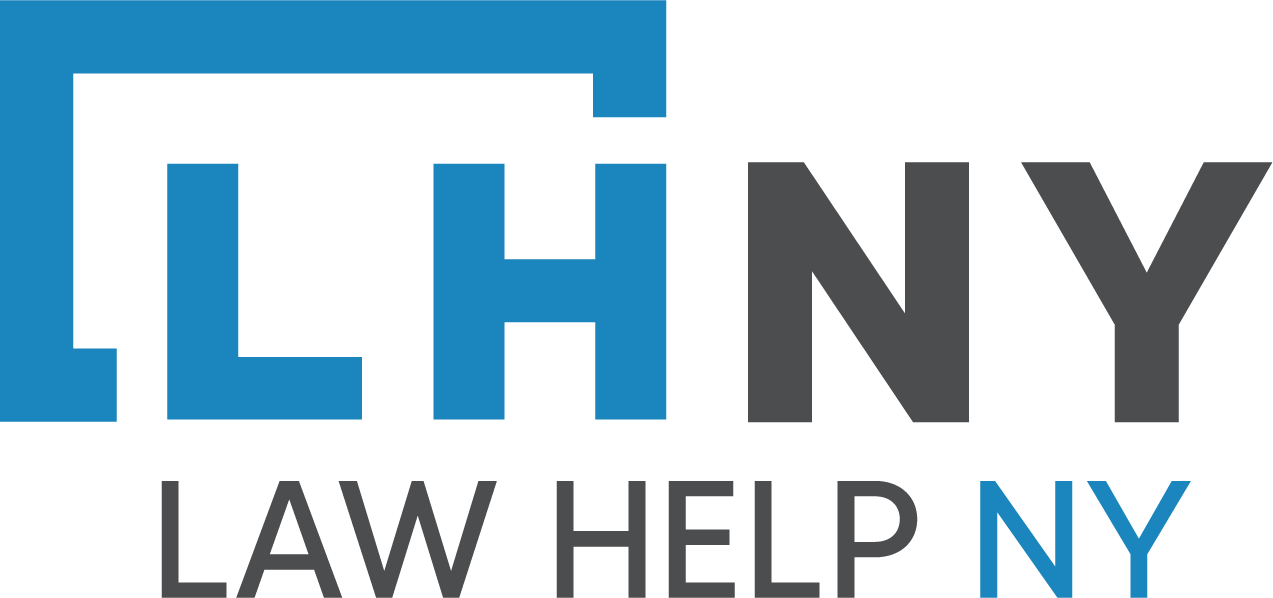What are Low Income Housing Tax Credits:
Landlords who get Low Income Housing Tax Credits have to follow special rules. The landlord must keep the building as low-income housing for at least 30 years. Landlords must certify tenant’s income by requesting a copy of their federal tax return, W-2 tax form, or a third party proof from the tenant’s employer or a government agency.
Your rights as a tenant:
A landlord may not:
- evict a tenant except for good cause.
- refuse to renew a lease except for good cause.
- try to get revenge against a tenant who notifies New York State Housing and Community Renewal of violations.
- refuse to rent to a Section 8 Housing Choice Voucher holder based on their voucher holder status.
Rent:
The tenant’s monthly housing costs, including electric, gas and telephone, can not be higher than the LIHTC rent limit. These limits are based on average income in the area. Depending on the building, a minimum percent of the units must be occupied by people whose income is below the area average. Utility costs are limited too.
Last Reviewed: December 7, 2023

